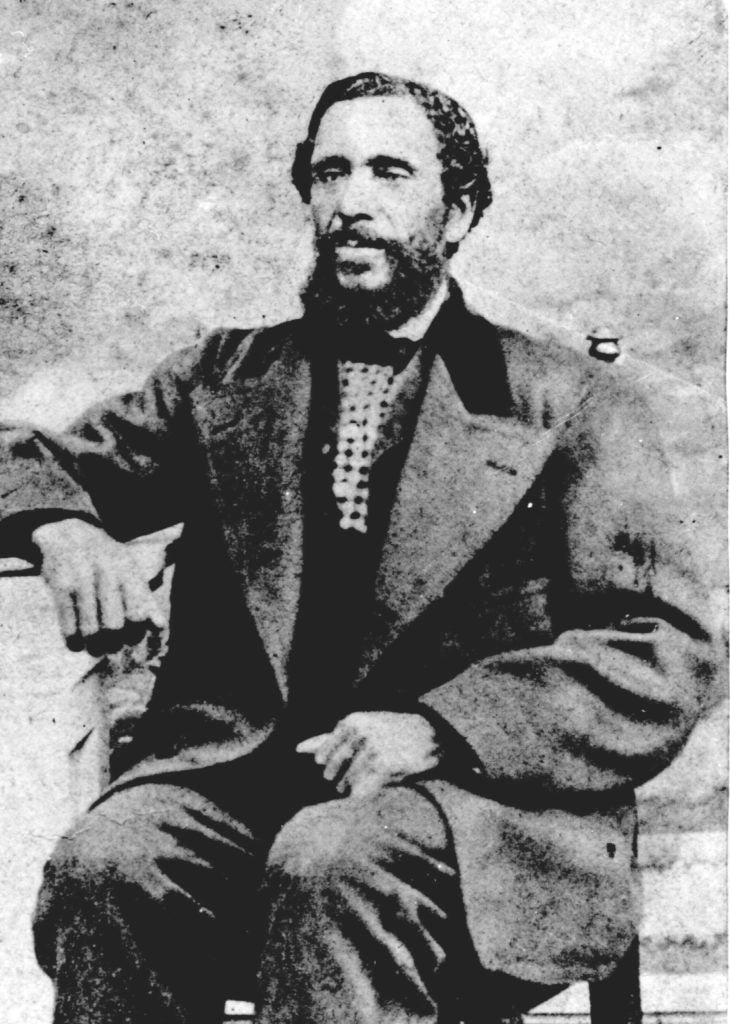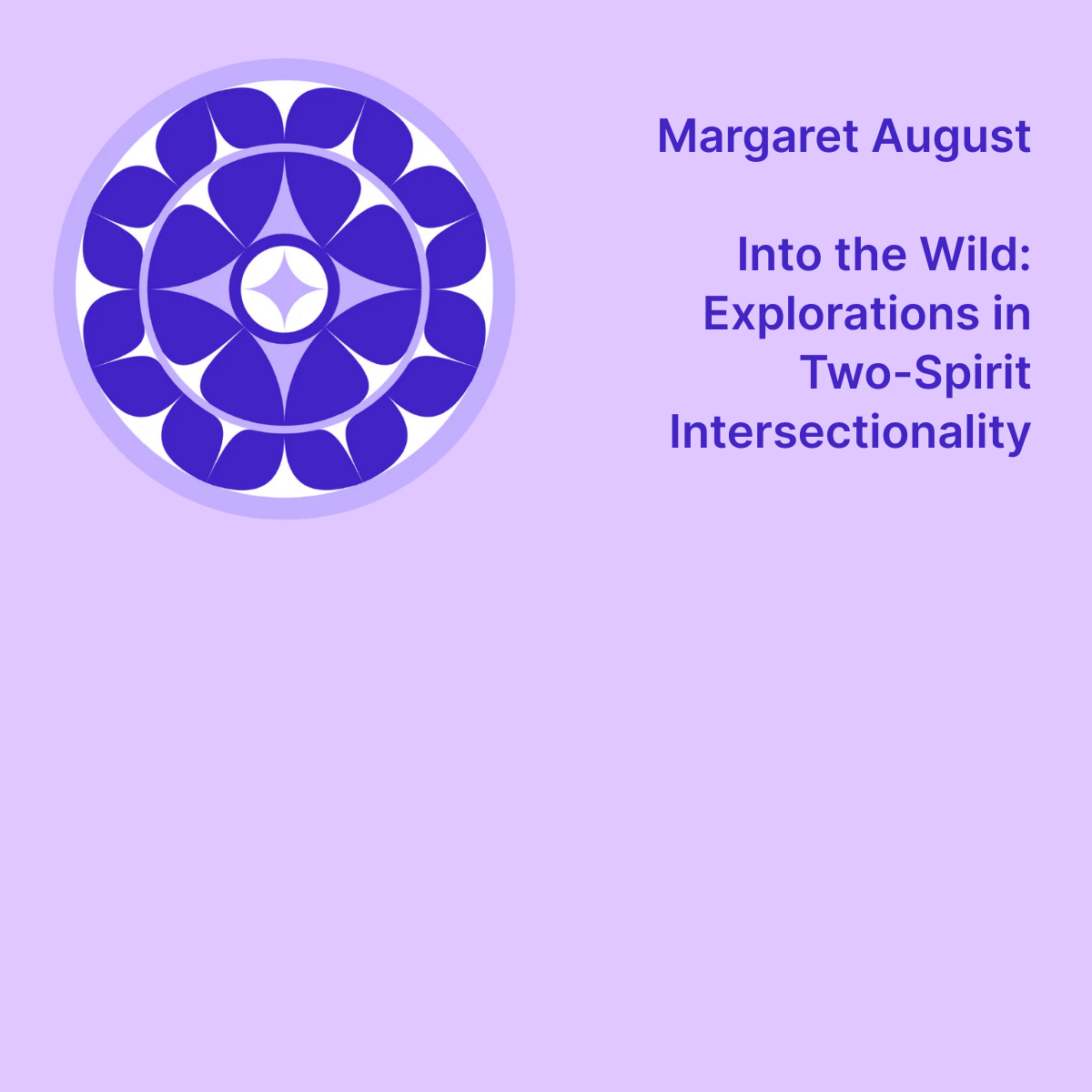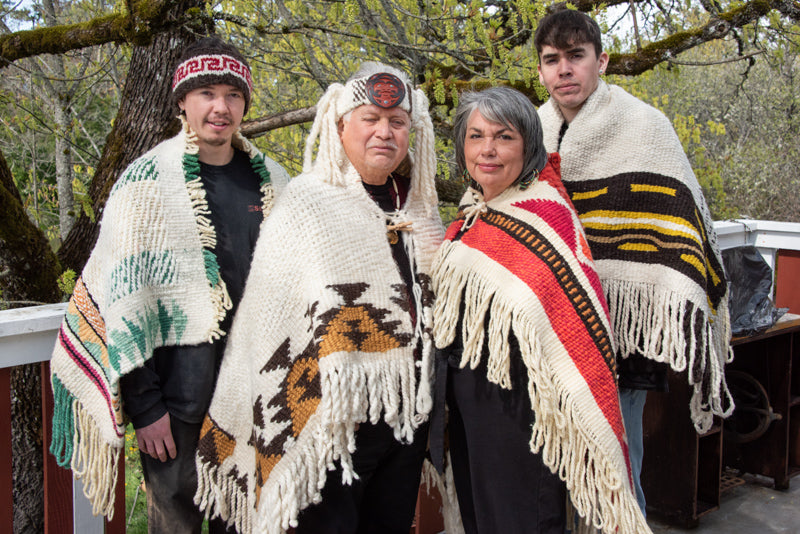Black History on Salt Spring Island
With Black History Month being celebrated in February, now is a great time to look into the rich multicultural settlement of early Salt Spring and British Columbia.
Black pioneers were actually some of the first non-Indigenous people to settle on Salt Spring Island, after Governor James Douglas started allowing homesteaders to pre-empt land in 1859. The definitive text on their history is Crawford Killian’s book Go Do Some Great Thing: The Black Pioneers of British Columbia. Reissued with updated material for its third edition in 2020, the Harbour Publishing title charts “a movement of Black American emigrants fleeing the increasingly oppressive and anti-Black Californian legal system in 1858.”
Some six hundred Black Californians made the trip to Victoria in the midst of the Fraser River Gold Rush, and some of the settlers carried on to Salt Spring.
Killian shows how these pioneers “played a pivotal role in the emerging province, establishing an all-Black militia unit to protect against American invasion, casting deciding votes in the 1860 election and helping to build the province as teachers, miners, artisans, entrepreneurs and merchants.”
More information on Salt Spring’s Black settler families – including the island’s very first school teacher, John Craven Jones –– is available on the Salt Spring Archives website. And check out the online magazine The Orca for the incredible story of Salt Spring's Black pioneer Sylvia Estes Stark, which involves “escape from slavery, a trek across the continent, meeting historic figures, and a murder mystery.”




